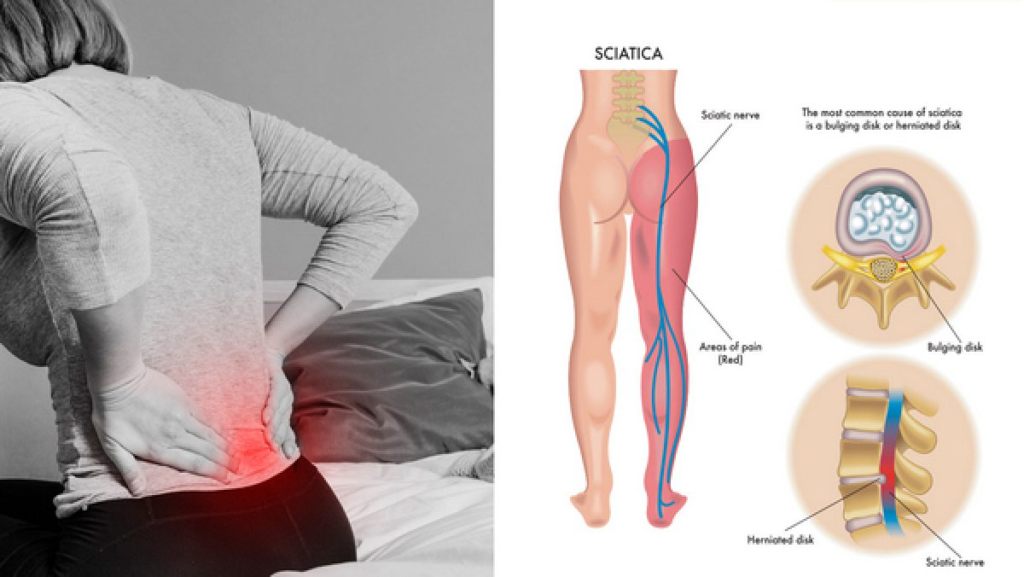If you’ve ever experienced a sharp, radiating pain from your lower back down to your legs, you might be dealing with sciatica. This condition can be painful and frustrating, but with proper understanding and management, most people can find relief and avoid long-term complications.
What Is Sciatica?
Sciatica refers to pain that travels along the sciatic nerve, which runs from the lower back, through the hips and buttocks, and down each leg. The condition is not a disease but a symptom of an underlying issue—usually compression or irritation of the sciatic nerve.
Common Causes of Sciatica
- Herniated Disc – A bulging disc can press on the sciatic nerve
- Spinal Stenosis – Narrowing of the spinal canal can compress nerves
- Degenerative Disc Disease – Age-related disc changes that affect nerve roots
- Spondylolisthesis – A vertebra slips out of position and pinches the nerve
- Piriformis Syndrome – A tight piriformis muscle in the buttock irritates the sciatic nerve
- Injury or Trauma – A fall or accident may damage spinal structures
Symptoms of Sciatica
- Sharp, burning, or shooting pain in the lower back, buttock, and leg
- Pain that worsens with movement, coughing, or sitting for long periods
- Numbness, tingling, or muscle weakness in the affected leg
- Usually affects one side of the body
How to Manage Sciatica
1. Rest and Activity Balance
- Short-term rest may help during intense pain
- Avoid prolonged bed rest—gentle movement can aid recovery
- Light walking or stretching often helps relieve pressure on the nerve
2. Apply Ice and Heat
- Ice helps reduce inflammation during the first 48–72 hours
- Heat can be used later to relax tight muscles
3. Over-the-Counter Medications
Pain relievers and anti-inflammatory drugs may ease discomfort. Always follow dosage instructions and consult a healthcare professional before starting any medication.
4. Physical Therapy
A physiotherapist can guide you through stretches and strengthening exercises that relieve pressure on the sciatic nerve and improve posture.
Common exercises include:
- Knee-to-chest stretch
- Piriformis stretch
- Pelvic tilts
- Cat-cow stretch
5. Maintain Good Posture
- Sit upright with proper lumbar support
- Avoid slouching or crossing legs
- Use a chair with armrests and firm cushioning
6. Lifestyle Changes
- Lose excess weight to reduce pressure on the spine
- Practice proper lifting techniques
- Stay active to strengthen core muscles and support the spine
7. Seek Medical Attention If:
- The pain is severe or persistent
- There’s numbness or muscle weakness
- You have trouble controlling bladder or bowel function (this may indicate a serious condition called cauda equina syndrome)
- Conservative treatments fail after several weeks
Your doctor may recommend imaging tests (like MRI or CT scan), prescription medication, or, in rare cases, surgical intervention.
Conclusion
Sciatica can be painful, but it’s often manageable with early intervention and consistent care. Most people recover without surgery. Listening to your body, maintaining good posture, and seeking professional guidance when needed can help you return to normal life without chronic discomfort.
Disclaimer:
This blog is intended for general educational purposes only. It does not replace medical advice, diagnosis, or treatment. Always consult a qualified healthcare professional for personalized guidance.
